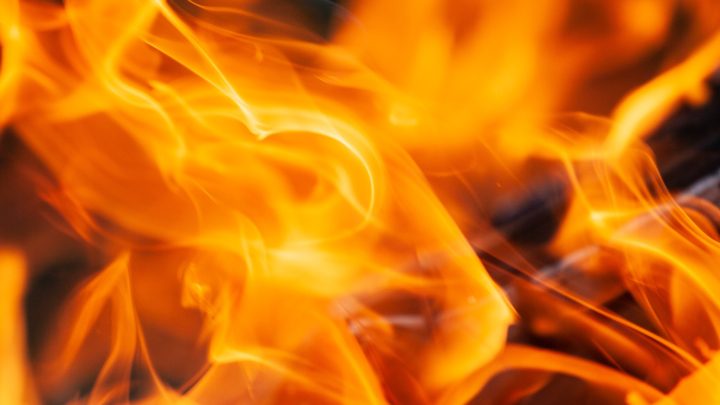
This guide, entitled ‘Ammonium Nitrate Fire Risk on Board Ships,’ aims to outline best practices concerning risk management on vessels chartered to ship the compound through ports around the world.
Ammonium Nitrate (NH₄NO₃), a white to grey odourless chemical, has a melting point of 169 degrees C and decomposes at 210 degrees C. While it does not burn by itself significantly, it will accelerate the burning of combustible material, producing toxic oxides of nitrogen and ammonia, which will support combustion, even in the absence of oxygen.
Careful consideration of how it is stowed onboard vessels
“These properties, in particular demand careful consideration of how and where ammonium nitrate is stowed on board vessels that are used to ship large volumes around the world,” says the paper’s lead author Brian Devaraj, who is a member of ICHCA’s technical panel.
“Ammonium nitrate fires can escalate out of control very rapidly. To mitigate the consequential loss of life and damage, the provisions laid out in the International Maritime Dangerous Goods Code (IMDG Code) should be complied with at all times.”
The whitepaper outlines in detail ammonium nitrate’s peculiar reactions to heat and subsequent conflagration and the nature of its decomposition. These characteristics mean that the specifications of vessels’ equipment, including deck cranes, hatch covers, hold linings, fuel tanks and pumps, forklifts, and other handling devices, must be precise. The whitepaper offers comprehensive guidance on these particulars.
Stowed under deck
Above all, however, from a fire prevention point of view, emphasis is put on compliance with IMDG Code, which typically requires ammonium nitrate to be stowed on deck only. The code does, however, allow an exception for certain forms of the compound and fertiliser containing it to be stowed under the deck. The rules for this are outlined in clause 7.6.2.8.4.
“This seemingly unremarkable clause is, in fact, crucial to safe shipping of ammonium nitrate,” explains Devaraj in the whitepaper.
“7.6.2.8.4 states that certain UN numbers of the product may be stowed under deck in a clean cargo space capable of being opened in an emergency, including the need to open hatches in case of fire to provide maximum ventilation and to apply water. This, of course, precludes a hold containing ammonium nitrate to be over-stowed with another cargo.”
The whitepaper is at pains to underline that while all IMDG clauses are pertinent to fire risk, all ships and cargo operators must be particularly cognisant of Clause 7.6.2.8.4. as it is crucial to the ability to respond effectively if an ammonium nitrate fire on board a ship is out of control and the risk of an explosion is imminent.
Potential to misunderstand
The clause intends that all vessels’ hatches – including tween decks- shall be openable in case of an ammonium nitrate fire. There is, however, the potential to misunderstand this point, and ICHCA is working with the IMO and stakeholders to clarify the wording of the clause.
Several jurisdictions that handle the product in significant quantities have taken heed of this risk and the related IMDG requirements. At the time of publishing, three countries with specific arrangements are Australia, South Africa and Chile.